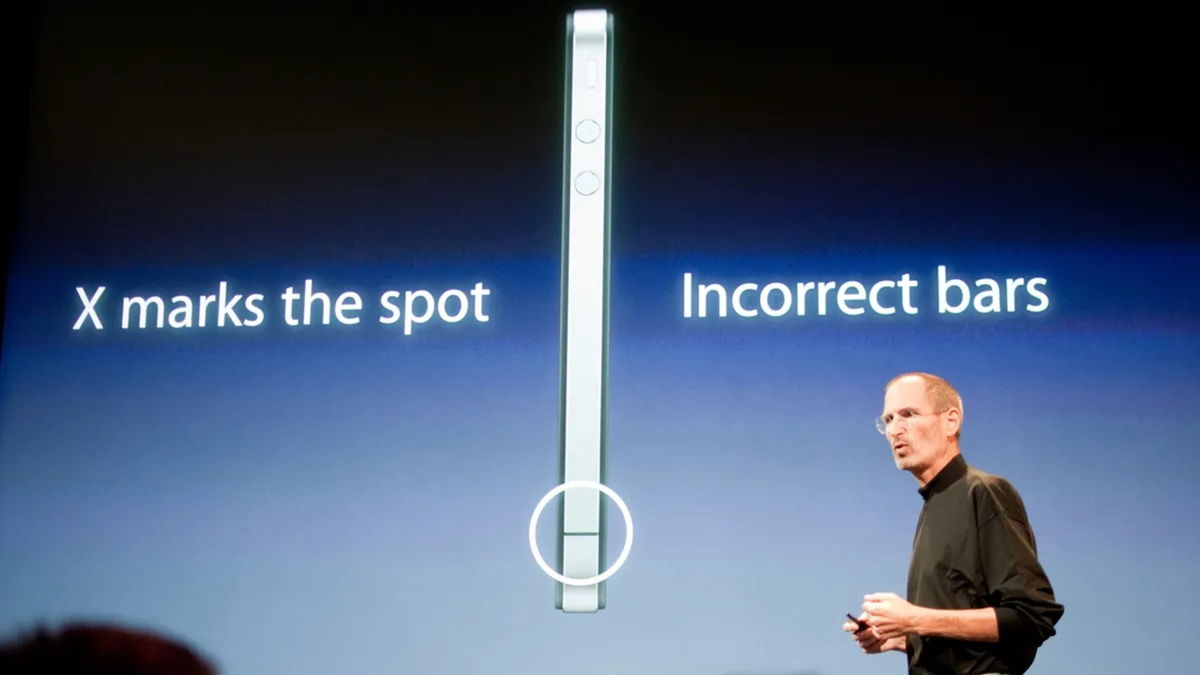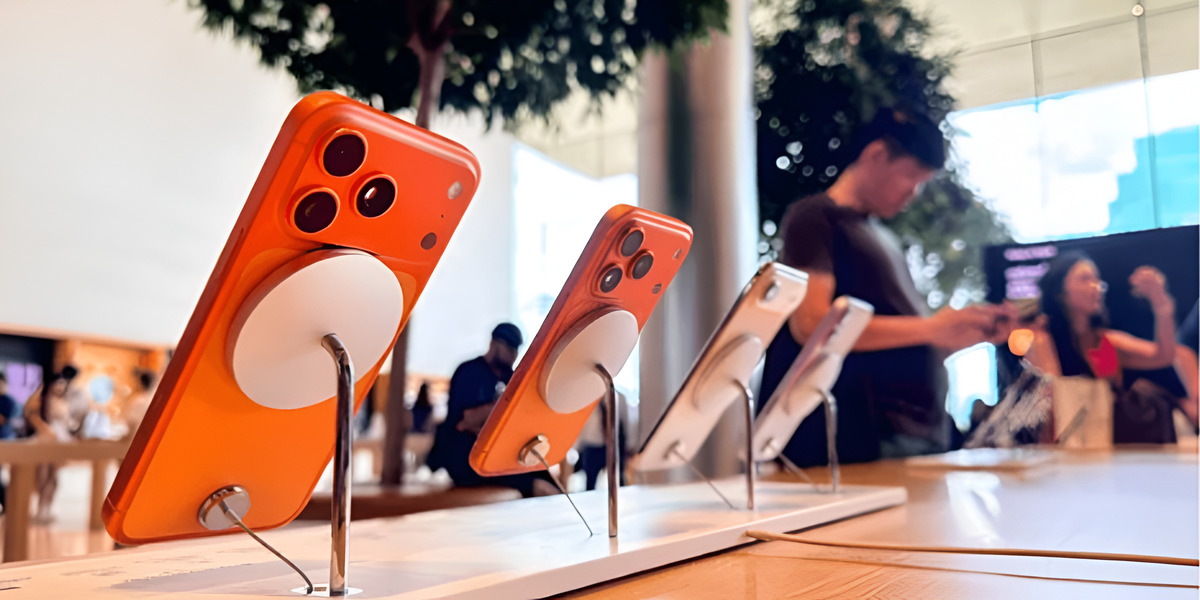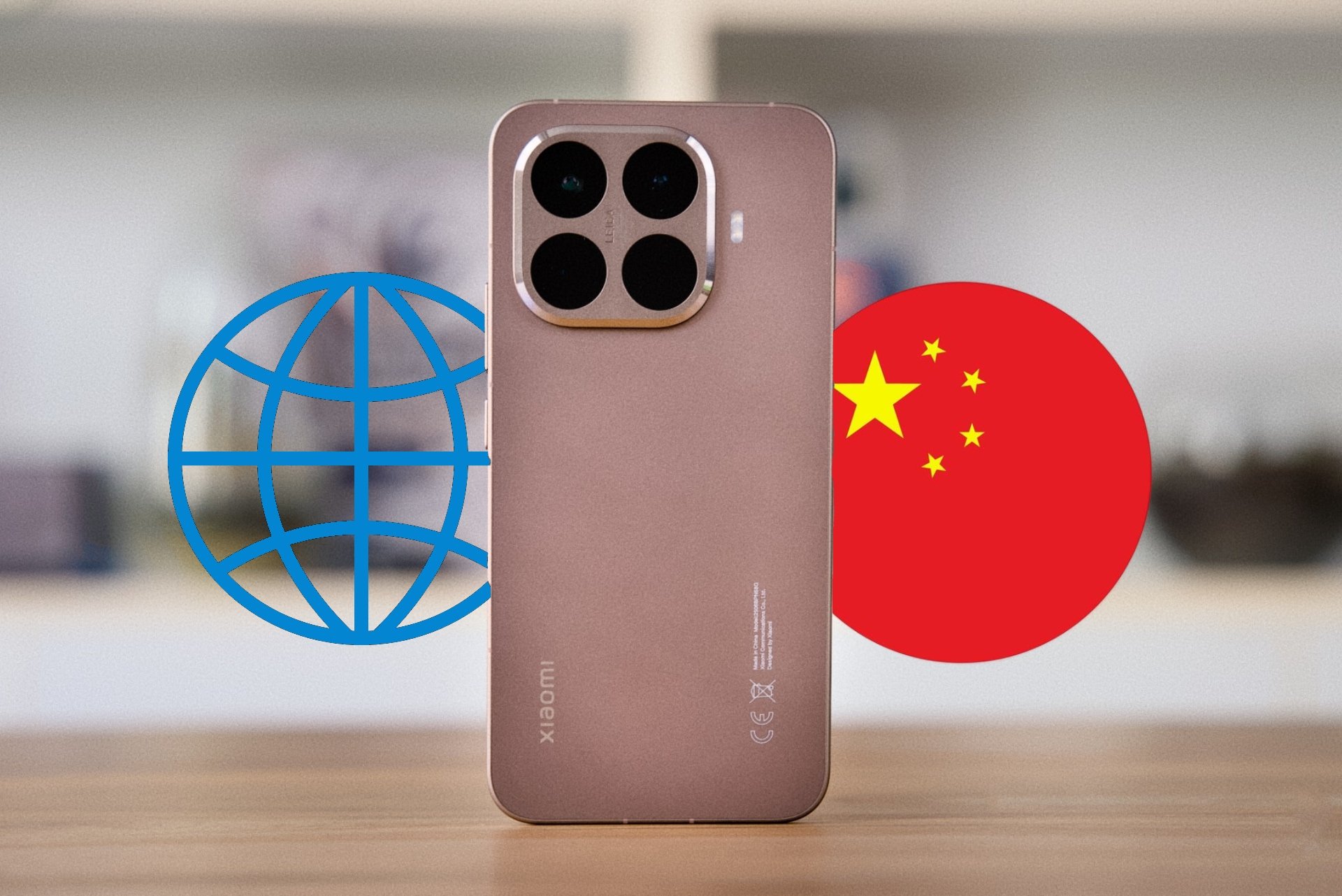After several rumors and some other confirmations, Xiaomi has finally unveiled the series. Redmi K70, consisting of the base model Redmi K70 Pro and Redmi K70E. This is a new line of smartphones that features high-end features at a mid-range price. Their specifications are so interesting that we can’t wait to see them in Europe and luckily they might arrive under the name Poco F6.
Xiaomi, of course, has not yet confirmed that these three devices will enter the global market under a different name, so it is best to treat them, at least for now, as Redmi K70E, K70 and K70 Pro. These three devices have very similar characteristics. Moreover, its design in all three cases is almost the same. All of them have a glass back panel, highlighted by a photo module. They also include aluminum frames and a completely flat screen with virtually no bezels.
By the way, there are panels. 6.67 inches. All three have OLED technology and a 120Hz refresh rate, but they differ in brightness and resolution. The Redmi K70E’s screen has a resolution of 1.5K, 2712 x 1220 pixels, and a maximum brightness of 1800 nits. On the other hand, Redmi K70 and K70 pro have 2K resolution (3200 x 1440 pixels) and maximum brightness 4000 nits. This is very bright compared to other high-end smartphones.
In terms of battery, both Redmi K70 and Redmi K70 Pro have one of 5000 mAh capacity, as well as with 120 W charging. Redmi K70E, on the other hand, includes one of 5500 mAh, although its charge is not so powerful; reaches 90 W.
Huge power and three cameras for the new Redmi K70E, K70 and K70 Pro
We’re starting to see the main differences between the three models in the areas of performance and camera. Redmi K70E, in turn, includes a processor MediaTek Dimensity 8300 Ultra, which is accompanied by 12 or 16 GB of RAM, as well as 512, 256 or up to 1 TB of internal memory. On the other hand, the middle brother has an SoC. Qualcomm Snapdragon 8 Gen 2and also with the same RAM and storage capacity.
Redmi K70 Pro also uses a high-performance Qualcomm processor, although in this case it is Snapdragon 8 third generation. It also includes customization RAM up to 24 GB. Certainly, they all come standard with HyperOS.

The three new Xiaomi phones feature a triple camera, but with very interesting differences. The most economical model has Main camera 64 megapixels, 8-megapixel wide-angle and 2-megapixel macro photography. This is the same configuration that we see in the Redmi K70, unlike what it includes main sensor 50 megapixels with f/1.6 aperture.
We see the same main camera in the Redmi K70 Pro, but the most powerful model has the best ultra-wide-angle sensor: 12 MP, as well as a 50 MP telephoto lens, which Allows you to capture images with 2x optical zoom.
Price and availability

We repeat that Redmi K70, K70E and K70 Pro were announced in China and could soon appear in Spain and other European countries under the name Poco F6. However, its price and global availability are still unknown, so we will have to rely on the cost of different models in Asia.
- Redmi K70E with 12 + 256 GB: 1999 yuan (about 255 euros at the exchange rate).
- Redmi K70E with 12+512 GB: 2199 yuan (about 280 euros at the exchange rate).
- Redmi K70E with 16 + 1 TB GB: 2599 yuan (about 331 euros at the exchange rate).
Redmi K70
- 12 + 256 GB: 2499 yuan (about 319 euros at the exchange rate).
- 16 + 256 GB: 2699 yuan (about 344 euros at the exchange rate).
- 16 + 512 GB: 2999 yuan (about 382 euros at the exchange rate).
- 16 + 1 TB: 3399 yuan (about 434 euros at the exchange rate).
Redmi K70 Pro
- 12 and 256 GB: 3299 yuan (about 421 euros at the exchange rate).
- 16 and 256 GB: 3599 yuan (about 459 euros at the exchange rate).
- 16 and 512 GB: 3899 yuan (about 497 euros at the exchange rate).
- 24 and 1 TB: 4399 yuan (about 561 euros at the exchange rate).
Source: Hiper Textual
I’m Ben Stock, a highly experienced and passionate journalist with a career in the news industry spanning more than 10 years. I specialize in writing content for websites, including researching and interviewing sources to produce engaging articles. My current role is as an author at Gadget Onus, where I mainly cover the mobile section.













